Gamification in mobile apps is no longer just a cool added extra. It’s a powerful tool to uplift user engagement which is hugely beneficial for a company’s image and income.
In fact, Gartner says that 70% of industry leaders already use gamification in apps.
We gathered nine great app gamification examples to illustrate how a clever gamification system can motivate your users to come back, enjoy, and spend more time with your software.
What is Gamification in Apps?
It’s completely wrong to think that gamification in apps is all about playing games.
Gamified applications add game-like elements in non-gaming contexts to revamp mundane tasks. Most probably, you’ve never thought how many apps with gamification are in your daily use.
Just take an example of your Apple watch. Every day, it turns your routine into a game, whether you’re trying to close your activity rings, earn that next achievement badge, or beat a friend in a week-long fitness challenge. With each tap on your wrist, confetti-filled celebration, or friendly competition, your Apple watch gamifies your path to better health without you even realizing it.

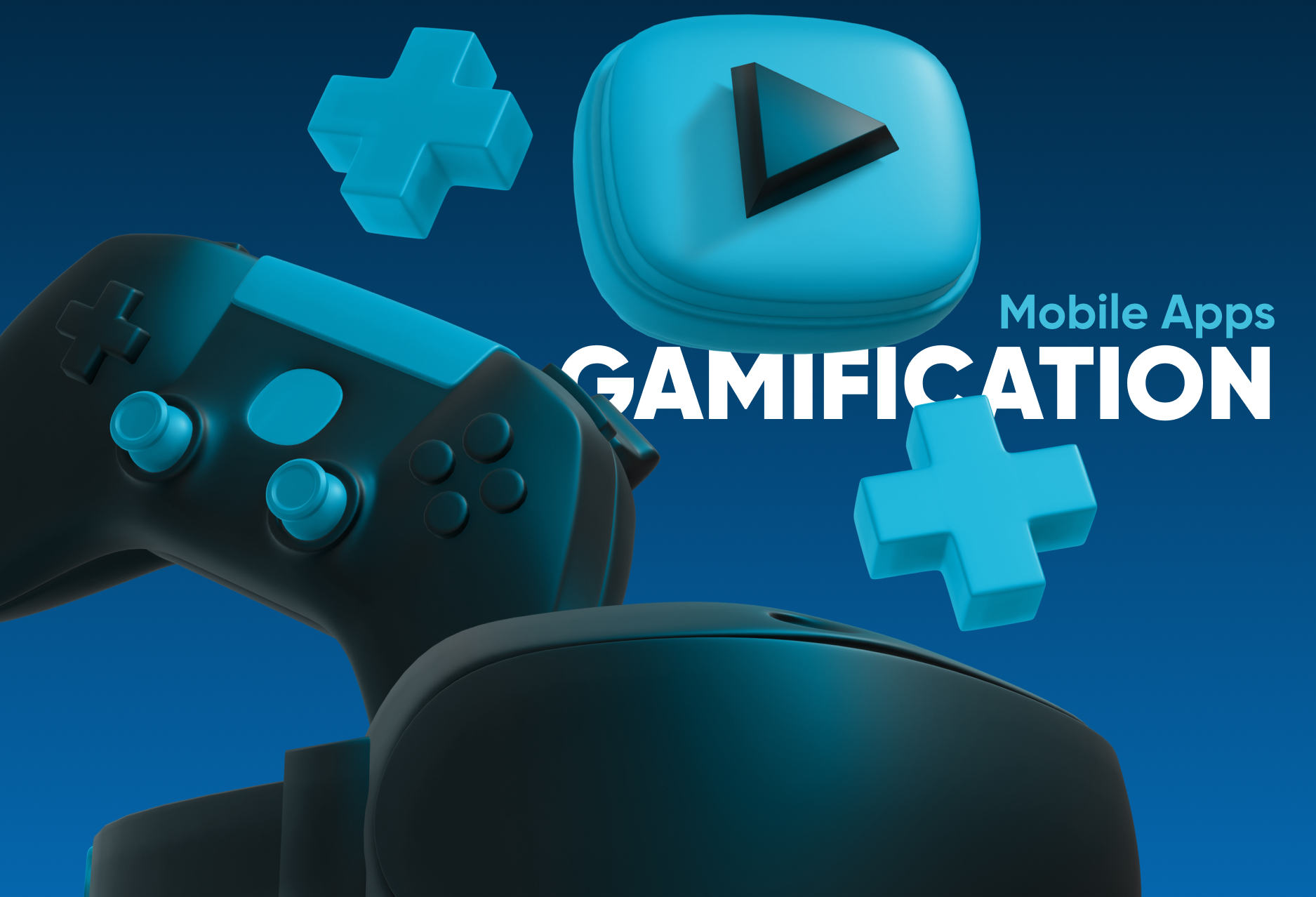


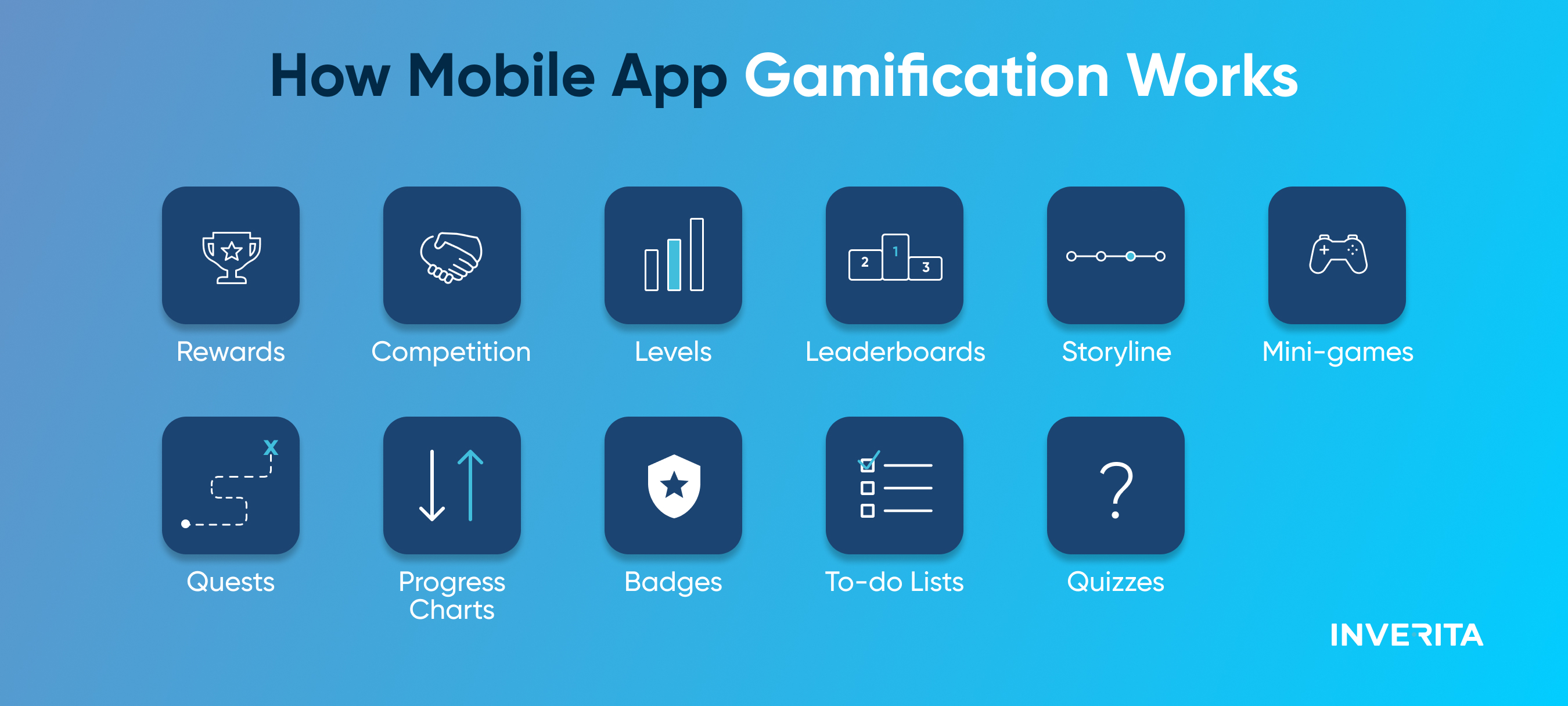

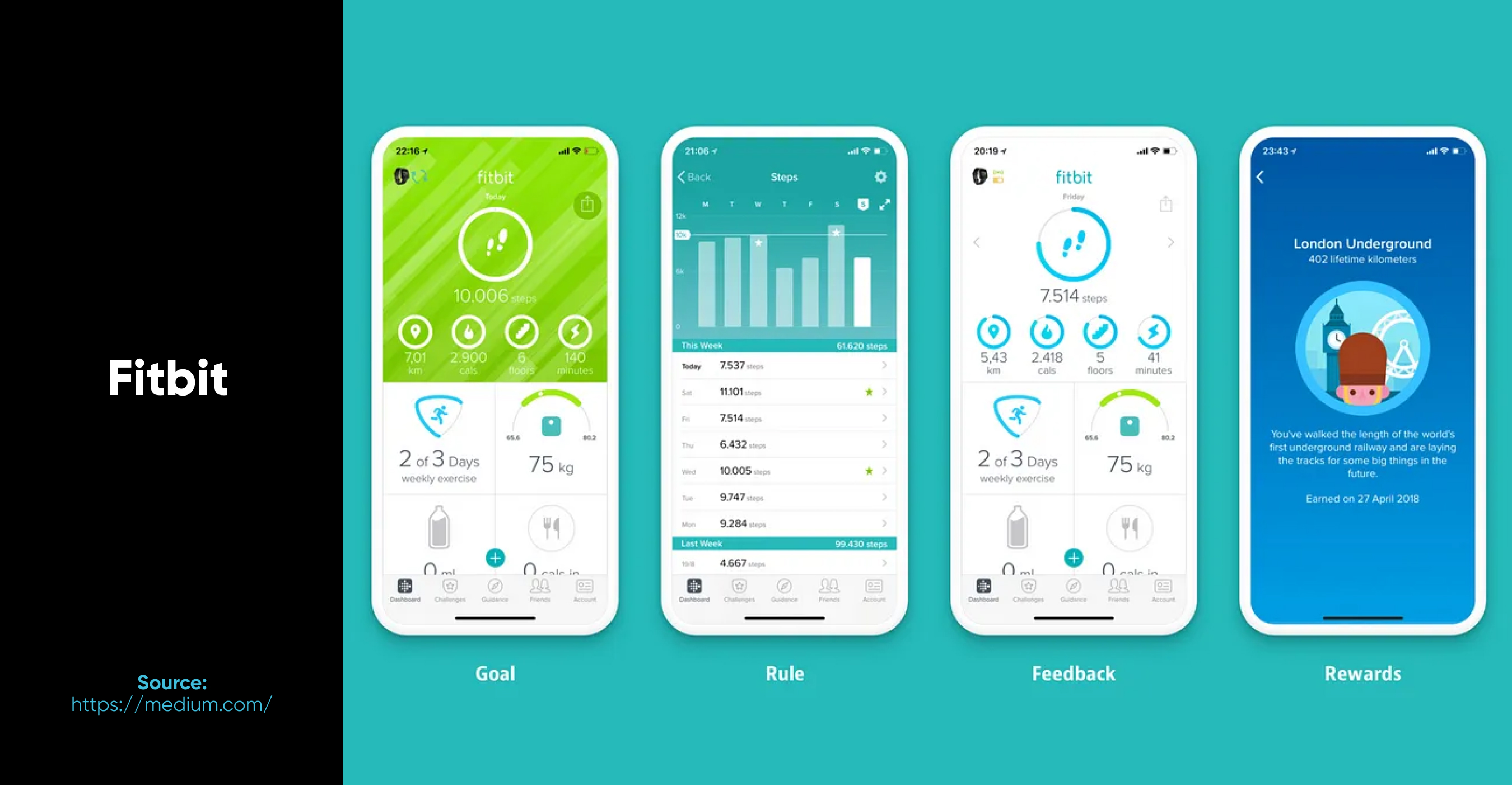


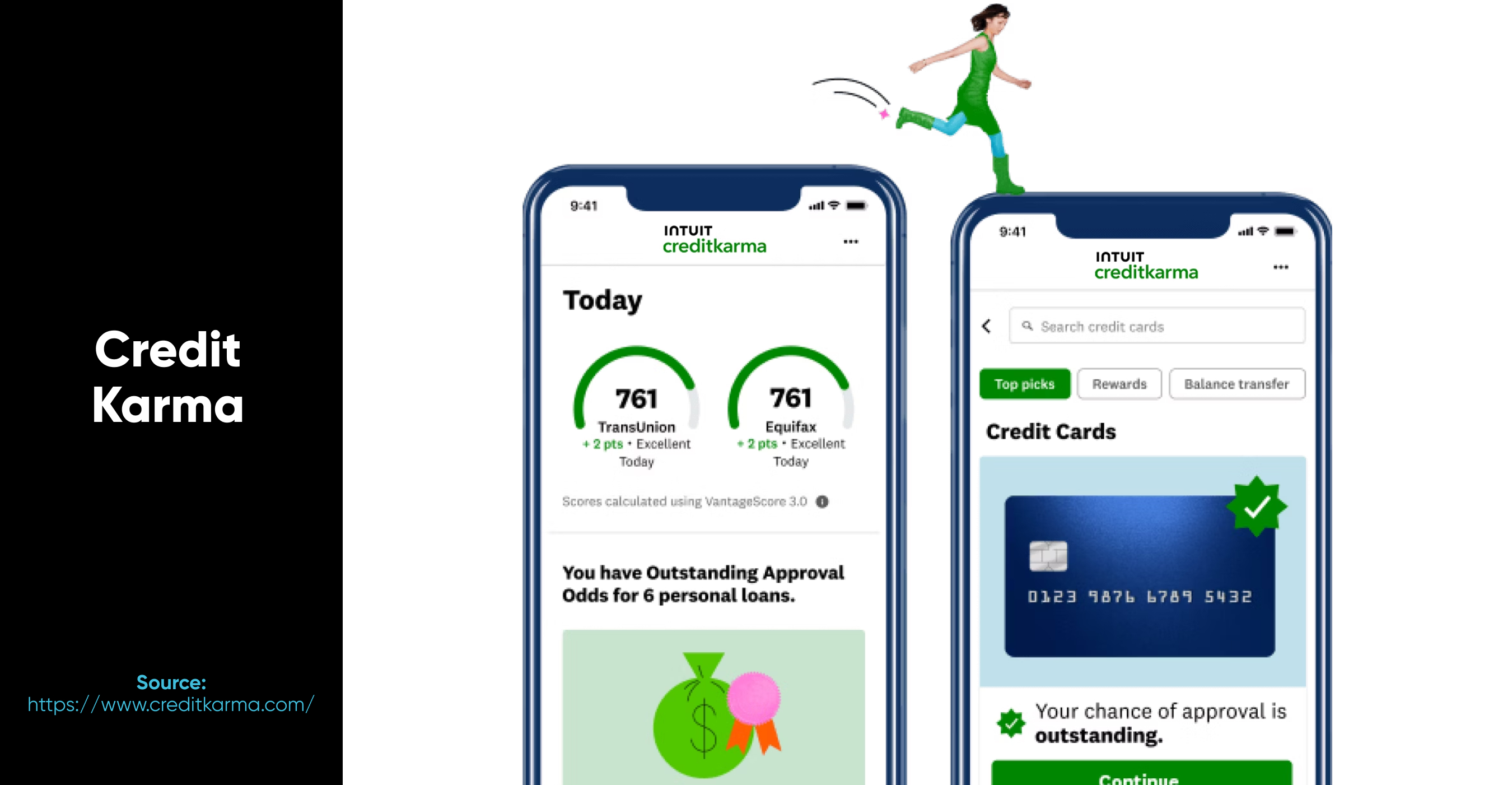
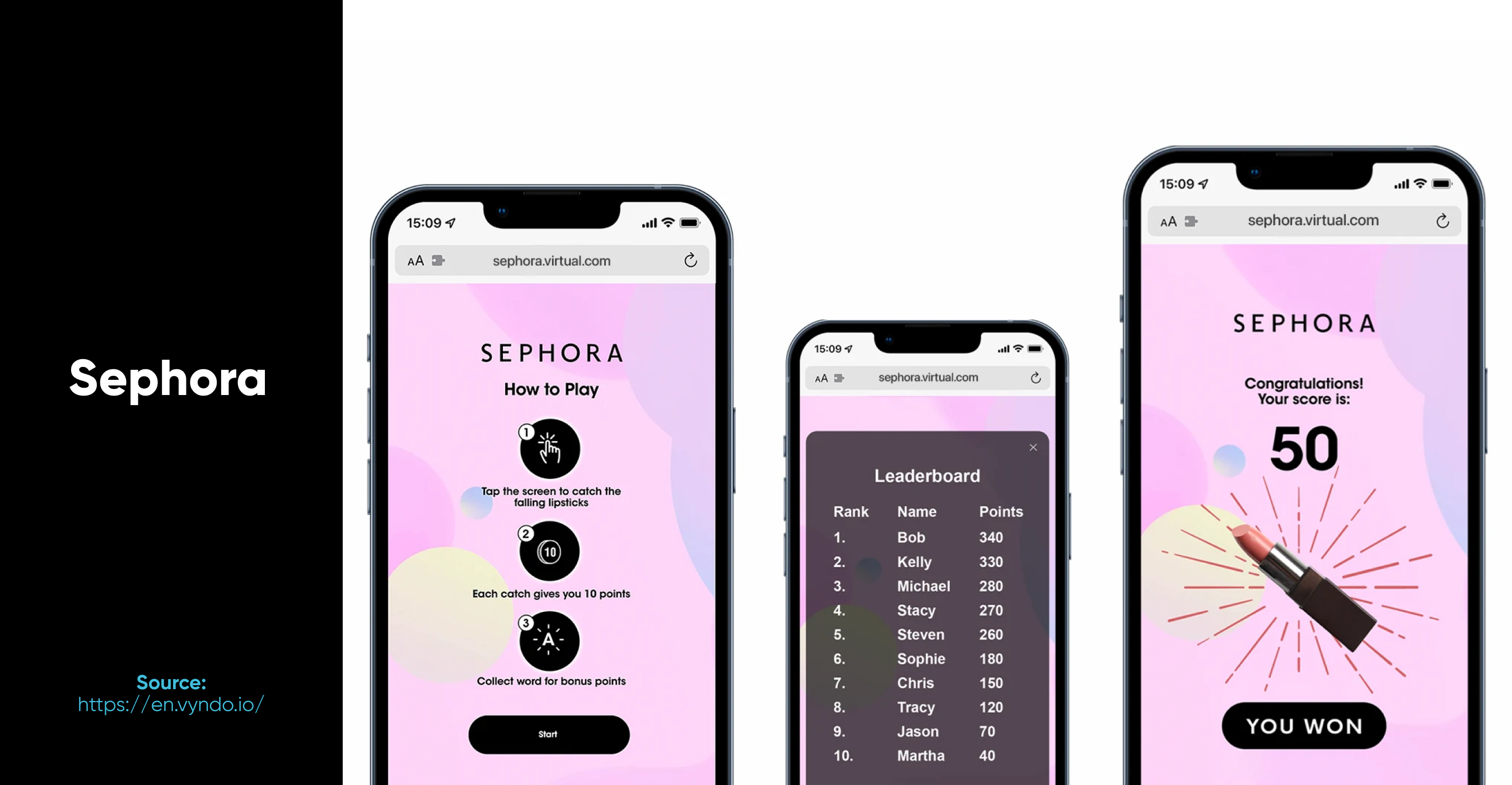
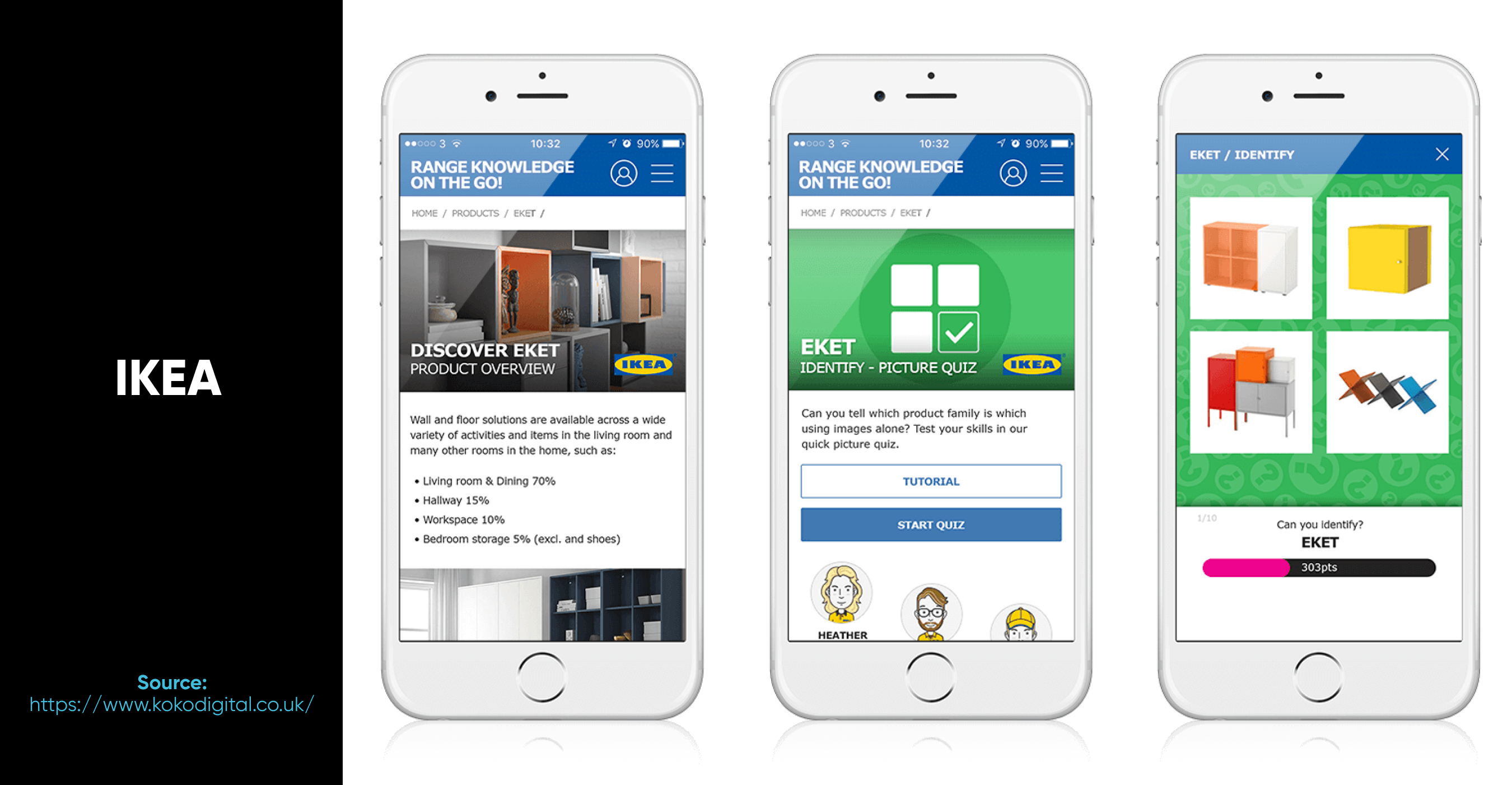
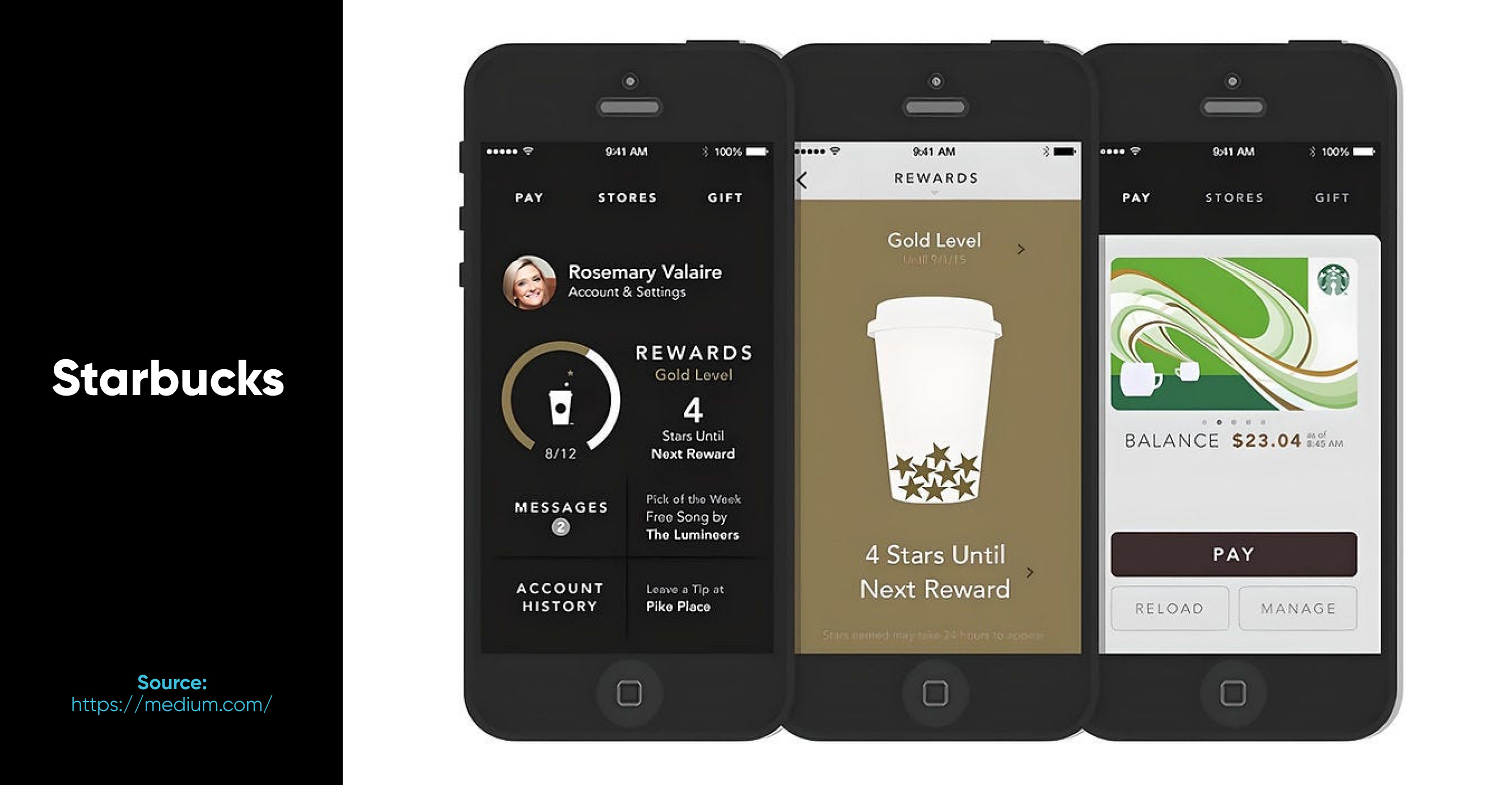


_1764586939-small.webp)